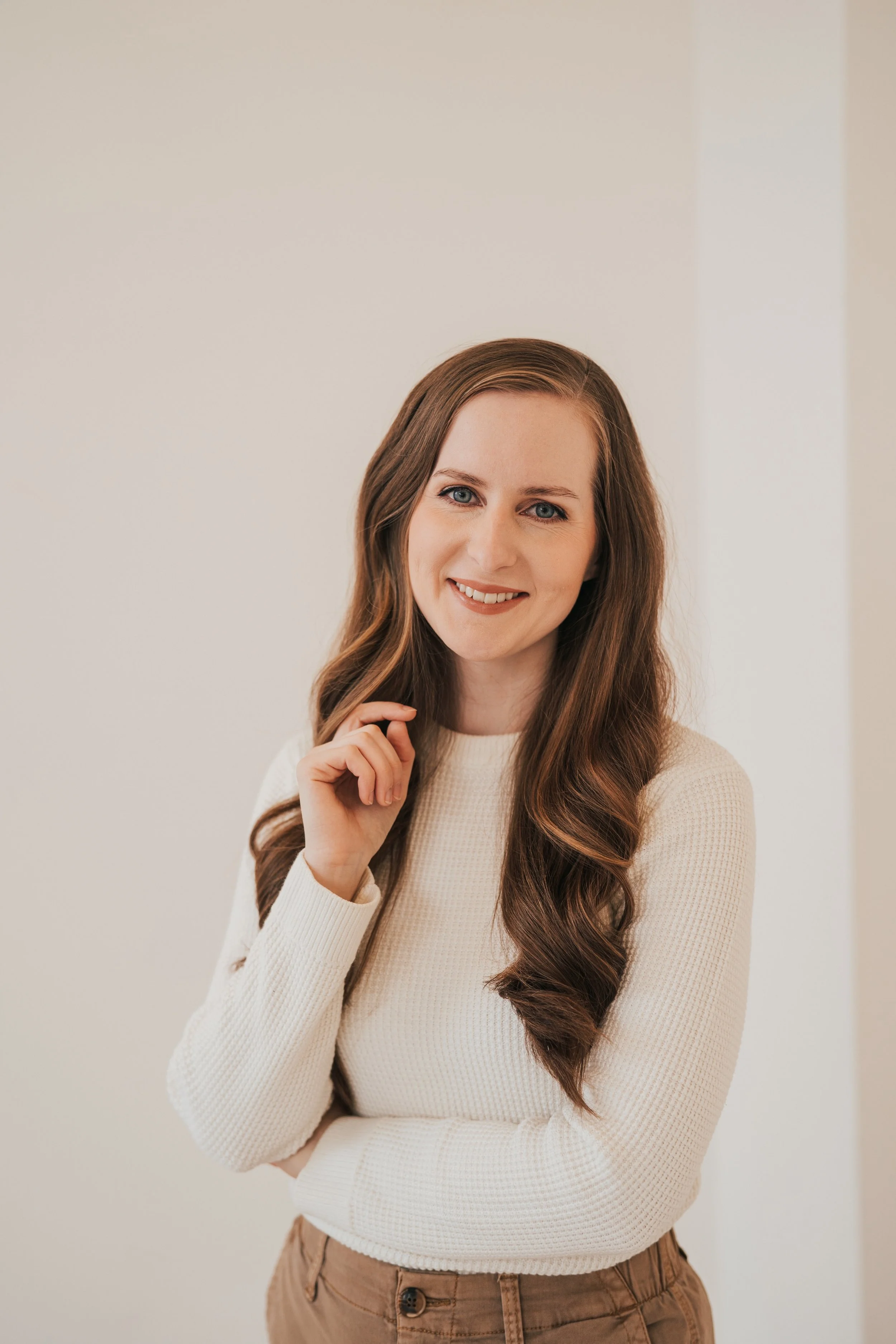How I Plan My Week for Success
WORK LESS, EARN MORE PODCAST EPISODE #290
Ever feel like your schedule is packed, but somehow, you’re still not getting stuff done?
Or maybe you look at someone who seems to “do it all”: run a business, homeschool their kids, cook real meals and think, HOW?!
I get that a lot. People often ask how I manage to run a business, a YouTube channel and podcast, homeschool my kids, keep my house clean(ish), and still find time for things like rest, reading, and a social life.
The truth? I’m really not that busy.
In fact, my life is pretty relaxed.
And no, it’s not because I have a magical 28-hour day or an army of assistants. It’s because I plan my weeks with intention. I’ve created a system that gives space to what matters and lets everything else flex around it.
So in this post, I’m pulling back the curtain on exactly how I plan my week for both professional and personal success to stay productive without feeling overwhelmed.
Why Most People Struggle to Get Things Done
Master Your Funnel. Multiply Your Income. Make Time for What Really Matters.
Let’s start with the root problem: we all have big goals but sometimes low motivation and little clarity on when and how to get those goals done.
This creates a perfect storm of good intentions and unmet expectations.
But here’s the good news, the solution isn’t more hustle. It’s better planning. So, let’s break it down, shall we?
Step 1: Set Weekly Time Boundaries (and Stick to Them… Kinda)
Before I dive into what I do, let me tell you what I don’t do:
❌ Schedule every second of every day
❌ Expect myself to be “on” all the time
❌ Guilt myself for taking a break
What I do is set flexible boundaries.
For example, I’ve decided that my business gets 20 hours of my time each week. Most often, that’s 9:00 AM to 1:00 PM, Monday through Friday.
Is that the perfect schedule? Not exactly. Sometimes I wish it were earlier or later. But it works because it gives me structure, flex when needed, and protects that time mentally even if I shift it physically
The key here is deciding in advance what matters and then reserving space for it. Just like how you'd budget money.
Step 2: Determine What Actually Deserves Your Time
It’s one thing to say, “I’m going to work 20 hours this week.” It’s another to know what to work on.
That’s why, every quarter, I set 3–4 focused business goals. These aren’t urgent tasks like answering emails. They’re the “important but not urgent” projects that move the needle.
Examples:
Launching a new product
Hiring a team member
Redesigning a system
Writing content for a launch
Then, when I plan my week, I already know which big rocks I need to move forward.
Step 3: Automate and Delegate the Basics
Every week, there are tasks that have to get done like answering emails, paying the team, planning content, cleaning the house.
Are these life-changing? No. But they’re necessary.
So I make these tasks as automatic as possible.
In my business, I use Asana to schedule recurring admin tasks.
At home, I follow a chore routine and meal plan.
That way, these things happen consistently without me reinventing the wheel every week.
Step 4: Plan Your Week Around the “Big Stuff”
On Fridays, I look at the week ahead and ask:
What are the next steps for my quarterly goals?
What days are already full?
Where is there room to do deep work?
Then I schedule tasks related to those big goals into the open blocks on my calendar (always within my 20-hour workweek boundary).
It’s like playing Tetris with my priorities… and it works!
Step 5: Let the “Small Stuff” Fill In the Gaps
Not every task is a game-changer, and that’s okay. Things like:
Updating graphics
Organizing files
Answering non-urgent emails
These things do need to happen eventually, but not at the expense of my top priorities.
So I let them fill in the margins.
Think of it like filling a jar: if you start with sand, you won’t fit the rocks. But if you start with the rocks, there’s still room for the sand to sift in.
Step 6: Intentionally Procrastinate the Rest
Now for my secret weapon: intentional procrastination.
At the end of my planning session, I move anything leftover (that isn’t urgent or important) to next Sunday in Asana. It’s my little “parking lot” for tasks.
Sometimes I get back around to them. But often? I realize I didn’t need to do them in the first place.
And that’s a win, because not doing unnecessary tasks is a powerful productivity hack.
But Doesn’t the To-Do List Keep Growing?
Yes… and no.
Sometimes it does. But then I finish a big project, or I have a lighter week, and I use that time to catch up on all the little things.
Also, letting a task sit for a few weeks helps me decide if it even needs to be done. (Spoiler: about 50% of the time, it doesn’t.)
So instead of stressing, I let the list ebb and flow. That’s the beauty of this approach, it adapts.
Final Thoughts: Plan With Purpose, Not Pressure
The reason this system works so well isn’t because it’s rigid or perfect.
It works because I’ve:
Set boundaries for each area of life
Chosen clear goals so I know what to focus on
Automated the recurring stuff
Scheduled my week in advance
Let the non-essentials fill the gaps
Procrastinated on purpose
It’s intentional planning, not hustle.
And that’s why my schedule feels spacious, even when there’s a lot going on.
So if you’re tired of feeling behind, I encourage you to try this system. You might be surprised how unbusy your life can feel… and how much more you get done.
Want your calendar to look and feel like this?
100K Mastermind walks you through how to design a business that works for you — with automated systems, clear priorities, and a strategy that finally brings real momentum (and income!) without chaos.
Show notes + links:
LISTEN TO THE FULL EPISODE TO HEAR:
My step-by-step weekly planning process
How I set boundaries and stay focused on priorities
Why I intentionally procrastinate on certain tasks
Tips for fitting in small tasks without losing momentum










